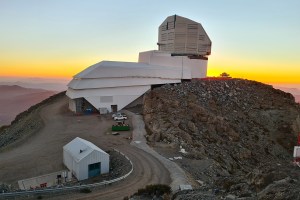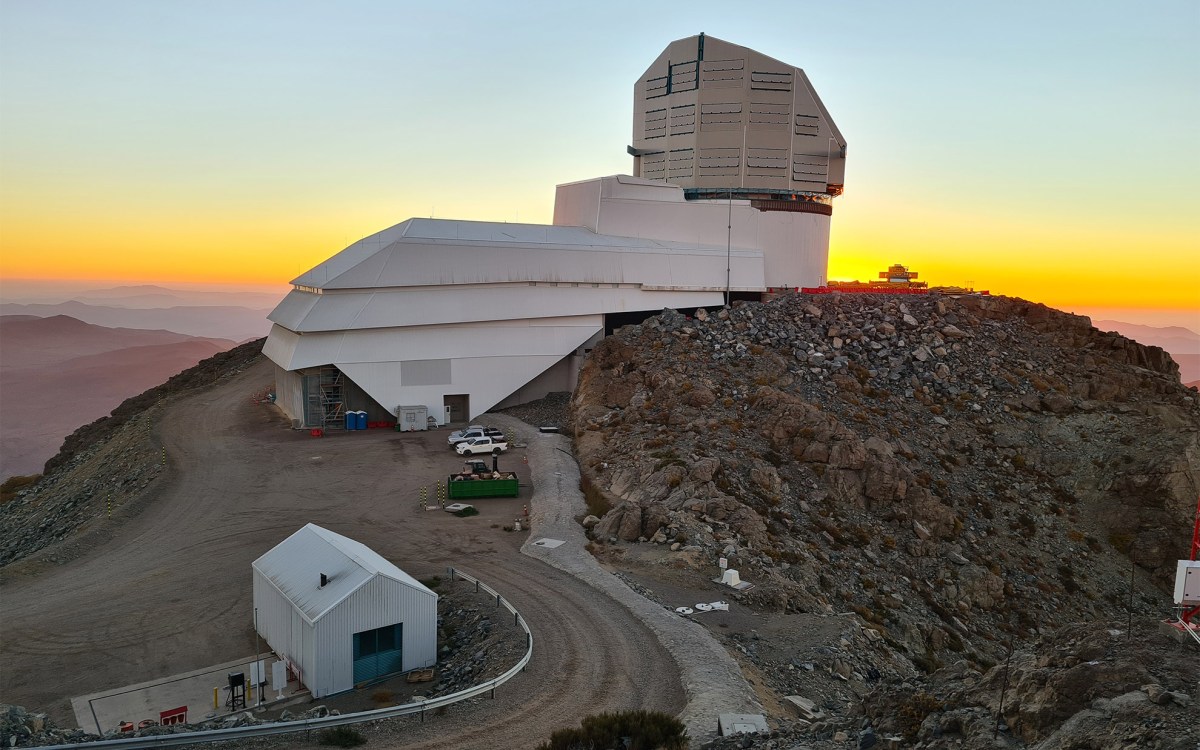Simulations show growth of black holes
Explains supermassive black holes, star distribution in nearby galaxies
Using a new computer model of galaxy formation, researchers have shown that growing black holes release a blast of energy that fundamentally regulates galaxy evolution and black hole growth itself. The model explains for the first time observed phenomena, and promises to deliver deeper insights into our understanding of galaxy formation and the role of black holes throughout cosmic history.
Published in the Feb. 10 issue of the journal Nature, the results were generated by astrophysicists Tiziana Di Matteo of Carnegie Mellon University, Volker Springel of the Max Planck Institut fur Astrophysik in Germany, and Lars Hernquist of Harvard University.
“In recent years, scientists have begun to appreciate that the total mass of stars in today’s galaxies corresponds directly to the size of a galaxy’s black hole, but until now, no one could account for this observed relationship,” says Di Matteo, associate professor of physics at Carnegie Mellon. “Using our simulations has given us a completely new way to explore this problem.”
The key to the researchers’ breakthrough was incorporating calculations for black hole dynamics into a computational model of galaxy formation.
As galaxies formed in the early universe, they likely contained small black holes at their centers. In the standard scenario of galaxy formation, galaxies grow by coming together with one another through the pull of gravity. In the process, the black holes at their centers merge together and quickly grow to reach their observed masses of a billion times that of the sun; hence, they are called supermassive black holes. Also at the time of merger, the majority of stars form from available gas. Today’s galaxies and their central black holes must be the result of a series of such events.
The scientists simulated the collision of two nascent galaxies and found that when the two galaxies came together, their two supermassive black holes merged and initially consumed the surrounding gas. But this activity was self-limiting: As the remnant galaxy’s supermassive black hole sucked up gas, it powered a luminescent state called a quasar. The quasar energized the surrounding gas to a level that it was blown away from the vicinity of the supermassive black hole to the outside of the galaxy. Without nearby gas, the galaxy’s supermassive black hole could not “eat” to sustain itself and became dormant. At the same time, gas was no longer available to form any more stars.





